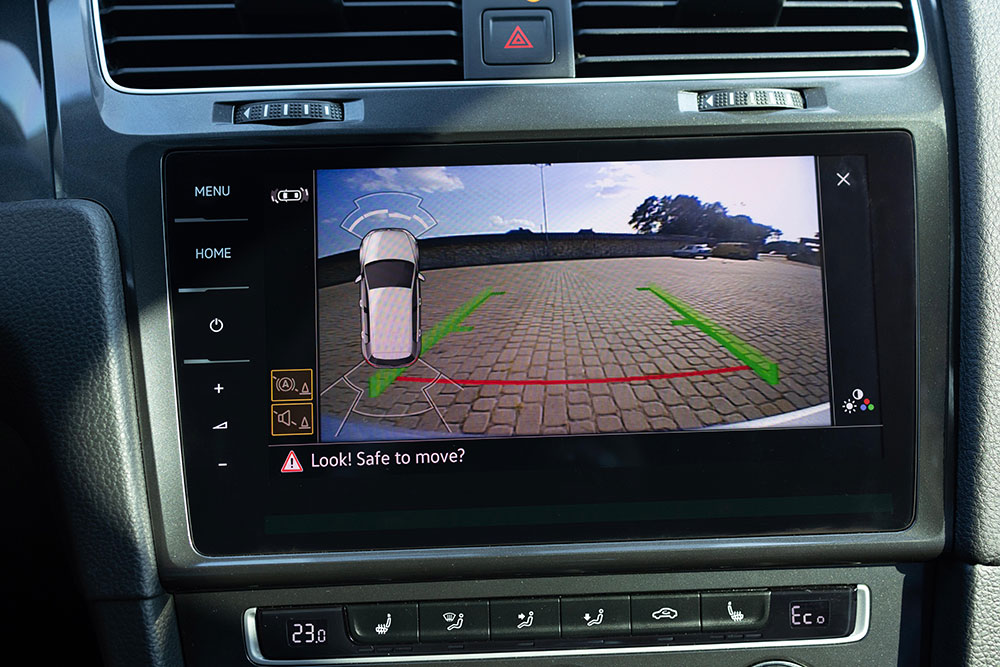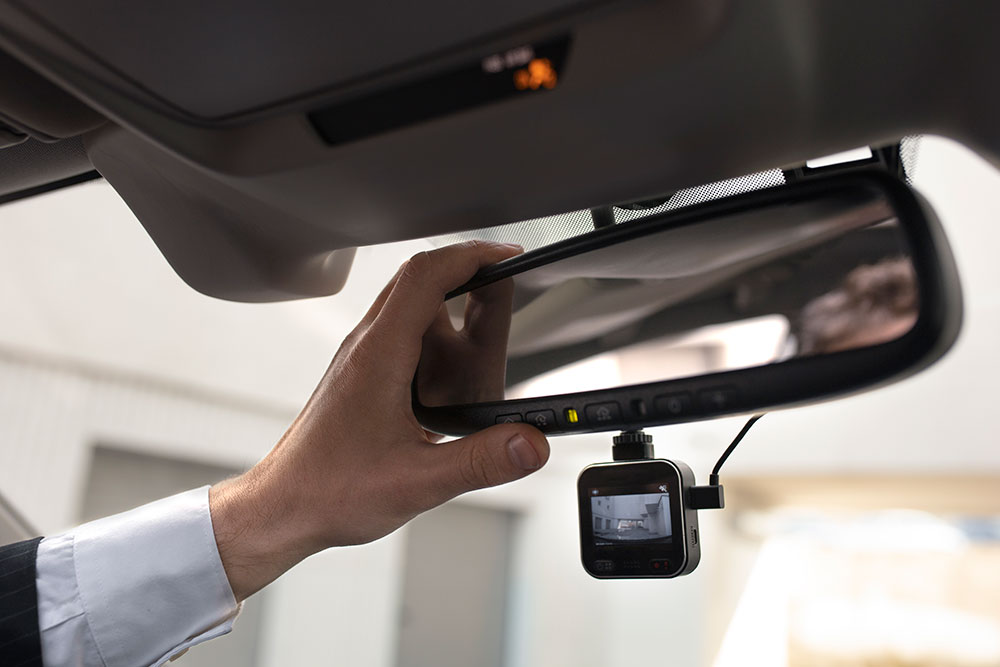Ensuring road safety is a paramount concern in our daily commute and travel. Advances in technology have brought about innovative safety tools, among them, the front view cameras. This article illuminates the significant role they play in enhancing road safety, the benefits they bring, insights on the critical factors to consider during their installation, essential features to look out for, plus how to maintain and care for them for optimum performance and longevity.
Importance of Road Safety
Road safety is of paramount importance as it espouses safe driving practices, instigating drivers to respect speed limits, traffic signals, and road signs. Front-view cameras can fortify these safe practices by delivering a clear vision of the road ahead. Their importance is further accentuated by their impact on the reduction of road accidents, which also lessens the burden on the health systems.
Moreover, road safety is inextricably linked to the preservation of life and property; accidents could lead to significant damage and loss. A robust front-view camera system broadens a driver’s field of view, aiding in swift response to prevent accidents. This tool proves beneficial to all road users, enhancing safety for pedestrians, cyclists, and motorcyclists with its comprehensive field of view.

On a broader perspective, efficient road safety measures, including the use of front-view cameras, support a sustainable environment by promoting less aggressive driving habits and reducing fuel wastage. This also has an economic impact, minimizing vehicle repair costs and medical expenses resulting from accidents. Notably, The Insurance Institute for Highway Safety (IIHS) reported that such front-crash prevention systems could curtail rear-end crashes by approximately 50%.
Adherence to road safety regulations, assisted by front-view cameras, can help avoid potential legal outcomes from traffic violations while serving as a crucial witness during disputes. Additionally, these cameras ease the psychological stress related to driving by providing an increased sense of safety.
There is a rising recognition of road safety’s significance in the global automotive industry, evident in the surge of technological advancements like the front-view cameras. Such innovations not only improve individual driving safety but also contribute to improved traffic management. By curbing accidents, these tools promote smoother traffic flow and efficient use of roadway capacity.
Overview of Front View Cameras
Front View Cameras, also known as dash cams, are a significant advancement in automotive safety. Usually mounted on a vehicle’s dashboard or windscreen, they render an unimpeded, wide-angle perspective of the road ahead, capturing traffic, road signs, and pedestrians.
These cameras often come with high-resolution imaging facilities, such as 1080p or 1440p, allowing for crystal clear footage. Night vision abilities, GPS tagging, motion detection, and loop recording are common advanced features. Dual-lens dash cams, which provide both front and rear views, give comprehensive coverage of the vehicle’s environment.
The benefits offered by front view cameras are numerous, from being a deterrent for reckless driving, to aiding in accident reconstruction, and even capturing incidents around a parked car. Moreover, they play a critical role in settling insurance disputes and fraudulent claims.

Installing these devices is generally straightforward, requiring minimal cabling and use of a power source like the cigarette lighter socket. However, some high-end models might necessitate professional installation for secure hard-wiring to the vehicle’s electrical system.
Usage of these cameras is regulated by privacy and data protection laws in some regions, preventing the obstruction of driver’s view or non-consensual recording.
As technology advances, dash cams are evolving, with features like accident prediction, automatic emergency service calls upon severe collision detection, smartphone app integration, and cloud storage.
In essence, front view cameras proffer substantial road safety enhancements, making them a justified investment for vehicle owners, as their potential benefits significantly surpass their cost.
Advantages of Front View Cameras for Road Safety
The introduction of front view cameras in vehicles offers numerous advantages for road safety. Firstly, they enhance visibility by covering a larger field of sight, providing a 180-degree view, which significantly minimizes the blind spots encountered with standard rear-view mirrors. This improved sightline massively boosts safety, preventing potential accidents, specifically frontal collisions and those involving pedestrians or cyclists.
Moreover, a key feature in advanced front-view cameras is night vision, a crucial tool allowing drivers to visualize the road better when driving after dusk. These cameras also prove instrumental during parking, helping navigate tight spaces while preventing minor, costly damages. Surprisingly, these devices can help reduce stress and anxiety during driving, offering reassurances to new or unconfident drivers.
The cameras can mitigate sun glare which can substantially interfere with the driver’s vision, particularly during sunrise or sunset. Crucially, the recording feature in many front-view cameras provides crucial evidence in the unfortunate event of accidents. From a management perspective, these cameras provide a way to supervise driving behavior for safety training and feedback, a significant advantage for fleet managers.

Financially, equipping vehicles with front-view cameras may influence insurance premiums, with some carriers offering discounts acknowledging their safety benefits. These devices are weatherproof, guaranteeing performance across various weather conditions, ensuring constant visibility. They can identify traffic signs due to advanced software, alert the driver to pedestrians or animals entering the street suddenly, and aid in safe overtaking.
By creating a safer driving environment and minimizing distractions, front view cameras play a pivotal role in road safety. Their benefits mark them as a critical technological adoption within the motor industry.
Installation Considerations for Front View Cameras
Installing a front view camera requires careful consideration. Choose a camera based on your specific needs such as resolution, field of view, and night vision capability. Consider a wide-angle camera for larger vehicles. Positioning is key; it should have an optimum view of the road without obstructing the driver’s vision. Front view cameras with Wi-Fi or Bluetooth options are beneficial for easy footage transfer. Power sources vary, ranging from hardwiring to battery power. Professional installation may ensure seamless setup and optimal camera positioning. Ensure the camera is compatible with your vehicle. Note how the camera manages footage and be aware of your jurisdiction’s privacy laws.
Key Features to Look for in Front View Cameras
In selecting a front view camera, prioritize resolution and image quality, with options like 1080p or 4K offering clear, detailed images. Night vision is crucial, as it bolsters visibility in the dark using IR sensors or LED illuminators. A wide field of view captures more of your surroundings, while a high-quality lens ensures clear footage. Consider models with parking mode, which record when your car is stationary, and loop recording that overwrites old footage when storage is full. G-sensors can detect impacts and lock the pertinent video footage, while built-in GPS can document speed and routes. Look for wireless capabilities for easy sharing of footage, robust construction to withstand weather conditions and those with user-friendly interfaces for ease of use. Lastly, look for anti-glare and reflection-free features for enhanced visibility. Your specific needs and budget will ultimately determine your choice.
Proper Maintenance and Care for Front View Cameras
Maintaining the peak performance of your front view camera involves regularly wiping the lens with a lint-free cloth and occasionally using a suitable cleaning solution to remove stubborn dirt. Conduct frequent checks on the alignment, viewing angle, and resolution to ensure optimal performance.
Engage professional services for routine inspections, especially to identify potential issues early. In extreme weather conditions, use a protective cover or park in shade to safeguard your camera. Update the designated software regularly and avoid rough handling, as it may lead to damage.
Installing the camera correctly sets the pace for longevity. If the images appear blurred, perhaps professional cleaning or a replacement is due. Shield your camera from direct sunlight, and keep the wiring secure and the lens clear for a good field of view. Frequent use can also help extend the life of your camera, as extended inactivity may lead to dust accumulation.

These simple care measures enhance the lifespan of your camera, ensuring the safety of the vehicle and its occupants.
Front view cameras provide a new horizon for improving road safety, owing to their myriad benefits and attribute as discussed in this article. While their installation might seem intricate, with the right tips and guidelines, it becomes an easy task. Additionally, proper care and maintenance widen their longevity, making them a worthy investment for every vehicle owner. Therefore, embracing front view cameras is an exceptional move towards a safe and secure driving experience.